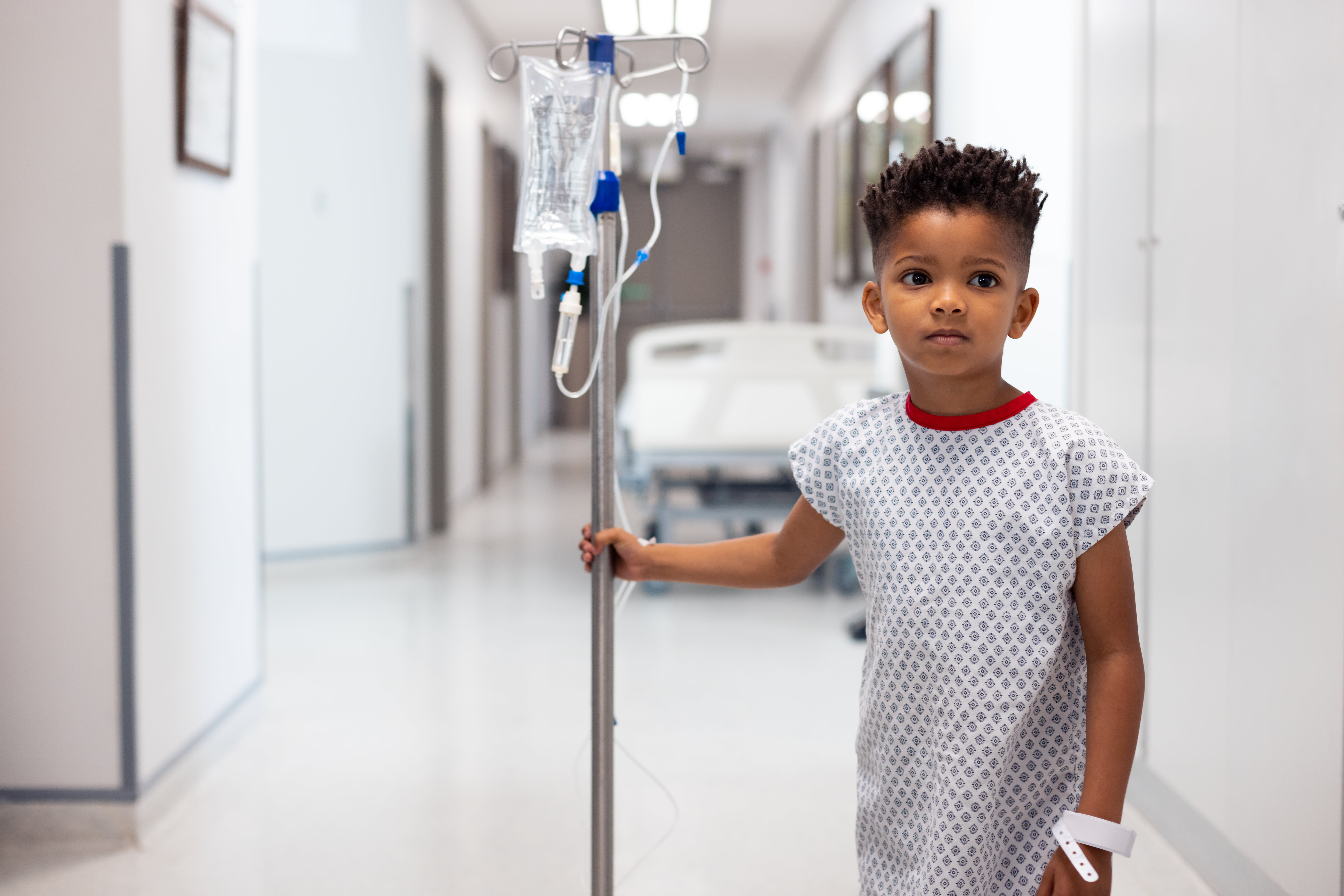Living with Kawasaki Disease
Posted by: Tampa Cardio
On: April 4, 2024

Kawasaki disease is a rare inflammatory condition that affects blood vessels throughout the body, most commonly in children. It can be a terrifying diagnosis for a family, with symptoms ranging from fever to peeling skin. For patients, parents, and caregivers, understanding how to manage the disease is essential.
Understanding Kawasaki Disease
Kawasaki disease, also known as mucocutaneous lymph node syndrome, largely affects children under the age of five. The exact cause is not fully understood, but it’s believed to be a combination of genetic factors, infections, and the body’s immune response.
The most common symptoms include high fever, rash, swelling and redness in hands and feet, peeling skin, and swollen lymph nodes in the neck. It can also cause inflammation in the walls of medium-sized arteries throughout the body, including the coronary arteries that supply blood to the heart muscle.
Early diagnosis and treatment are critical, as they can help prevent the most serious complication of Kawasaki disease, which is the development of coronary artery aneurysms. Prompt treatment can also minimize the severity of symptoms and reduce long-term effects.
Treatment Options for Kawasaki Disease
The treatment of Kawasaki disease will often begin with hospitalization. The first-line treatment is a high dose of aspirin to help lower the fever and reduce inflammation. Intravenous immunoglobulin, a solution of antibodies from blood donors, is also given to help fight the inflammation.
If a patient’s symptoms do not improve with IVIG, additional treatment options may be employed, including corticosteroids and other anti-inflammatory medications. These additional treatments and their durations will depend on the individual’s response and the severity of the disease.
After hospital treatment, the child will generally be monitored for several weeks or months to make sure they are recovering properly. The goal of treatment is to control the symptoms, prevent complications, and reduce the risk of long-term heart problems.
Life With a Kawasaki Disease Diagnosis
For patients who have experienced a bout with Kawasaki disease, life can return to normal. However, they will need to be monitored closely, including regular visits to a pediatric cardiologist to check their heart’s health. This monitoring can include echocardiograms, which produce ultrasound images of the heart’s blood vessels and chambers to check for signs of damage or potential complications.
During recovery, parents or caregivers must be cautious about the child’s health, watching for any signs of returning symptoms or complications. Educating the child about their condition, especially as they grow older, will also be important so they can recognize new or worsening symptoms.
For many patients, the disease is a one-time occurrence, and the prognosis is usually excellent, with most children recovering without any long-term problems. However, in a small percentage of cases, particularly those that involved coronary artery problems, lifelong monitoring may be required.
Advocacy and Awareness
Increasing awareness about Kawasaki disease is crucial, especially since the condition is not widely known and may be misdiagnosed. Parents and survivors can become advocates for their children and for others dealing with the disease by participating in awareness campaigns, fundraising events, and support groups.
Conclusion
Living with Kawasaki disease can present various challenges for patients, parents, and healthcare professionals. By understanding the disease, its treatment, and the considerations for life after diagnosis, those affected can manage the condition effectively and promote positive health outcomes.
www.TampaCardio.com
813-975-2800
Posted by: Tampa Cardio
On: 04/04/2024
